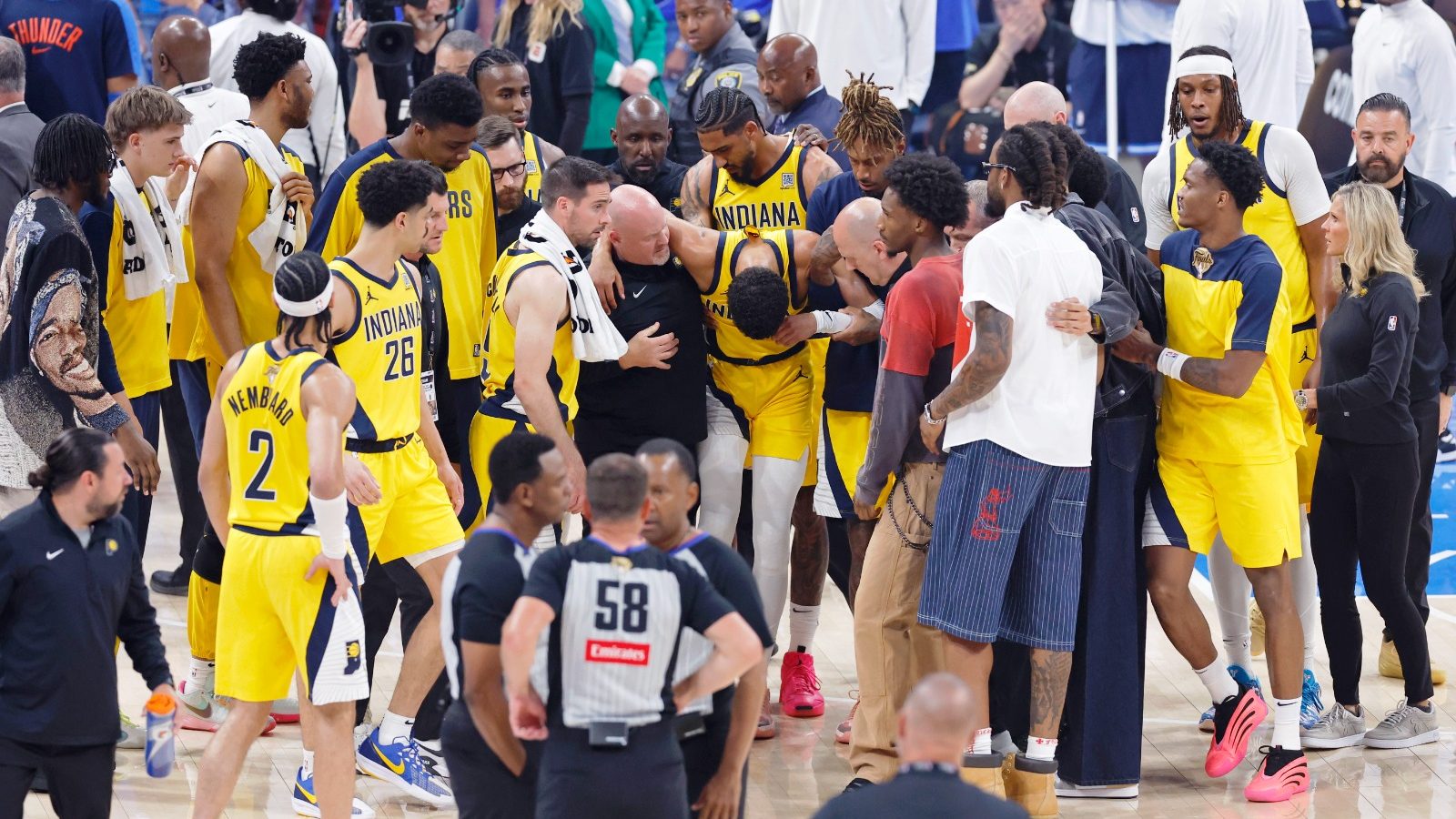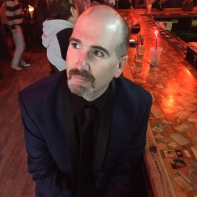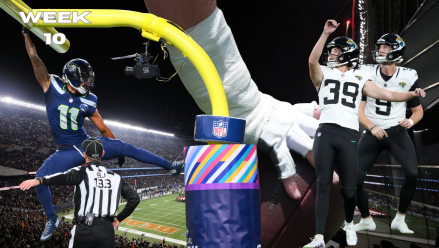Dr. David Chao was watching football on his couch for the first time in 17 years when his wife delivered the line that would change everything.
ANNOUNCER: That looked bad, but he’s walking off the field. I think he’s gonna be OK.
CHAO: No, he’s done for the season. ACL.
CHAO’S WIFE: Tell it to someone who cares.
“She said that kindly,” Chao said. “Please make sure you make that point. It was kindly.”
Chao’s wife? Not much of a football fan. So she made a small but soon-to-be momentous decision: She signed Chao up for Twitter so he could tell someone who cares.
This was around 2014, after Chao had stepped down as team physician for the then-San Diego Chargers following 17 years on the job. He’d left the NFL to focus on his newborn twins and his orthopedic practice but found himself unable to turn off the part of his brain that could diagnose injuries just by watching them happen.
“I had no idea what Twitter was,” Chao said. “I didn’t have Facebook, Instagram. I didn’t have any of that stuff.”
Within two weeks of starting @ProFootballDoc, the Chargers called.
“One of the guys who I’m on good terms with said, ‘Is this really you?’ And I’m like, yeah. And he said, ‘Well, why are you doing this?’ I said, ‘Well, I don’t know.'”
The team made it clear they weren’t thrilled about their former doctor publicly analyzing injuries, even if he wasn’t discussing cases he’d personally treated. But they couldn’t stop him — and his following kept growing.
What started as a Twitter hobby has evolved into Sports Injury Central, a business that serves everyone from casual fantasy players to professional gamblers like Billy Walters, who is an unpaid endorser of the service and uses its information.
The platform offers injury analysis — not just injury reporting — that combines Chao’s medical expertise with algorithmic scoring systems that give teams and players numerical health ratings. Subscriptions cost $14.99 or $49.99 per week, depending on the amount of information provided.
“Injury reporting is ‘the coach said, the player said, the agent said, a source said,’” Chao explained. “Injury analysis is we’re looking at whatever we can that’s available in public information. We deal in insider knowledge, not insider information.”
That insider knowledge comes from nearly two decades of treating NFL players and understanding how teams communicate about injuries. Chao knows coachspeak because he lived on the other side of it.
“The most famous example was the 2007-2008 AFC championship game where Philip Rivers had an ACL scope right before the game and had torn his ACL, and we kept that quiet,” Chao said. “I’m not being critical of a player or a coach or a team. Coachspeak is part of their job.”
But now he’s the one decoding that “speak” for the public.
Down goes Tyrese
We spoke with Chao last week, before the NBA Finals were over. He saw Tyrese Haliburton’s Game 5 physical struggles with the Pacers. And while the team downplayed the injury, Chao called it Achilles tendinitis that wasn’t going away.
“How much prior to it being obvious did the team or the player talk about it?” Chao asked. “Very little. Nothing. The coach, everyone whitewashed it all.”
A few days later in Game 7, Haliburton ended up tearing that Achilles.
Or pitcher Michael King with the San Diego Padres, who supposedly “slept funny and had a knot in his neck” when scratched from a start May 24. Chao’s analysis: “Doesn’t smell right. He’s likely to miss significant time.”
King still hasn’t picked up a baseball in a game.
The accuracy rate on his injury analysis, according to Chao, is around 95% when there’s good video available. That precision comes from years of studying film as a team doctor — something he did every Monday morning in the NFL.
“I knew exactly what his injury was, and I could see how it happened,” he said. “In a traumatic injury, the film was pretty telling.”
Football remains the easiest sport for Chao to diagnose because most injuries are traumatic rather than overuse-related, and the camera work provides multiple angles. Hockey is surprisingly difficult because of the speed and the boards blocking views. Baseball’s overuse injuries are harder to assess from video alone.
On Sundays during football season, Chao runs what he calls a “war room” with eight to 10 people watching games simultaneously. This year, they’re adding a halftime show for analyzing injuries in real time and discuss what’s actionable for bettors while working with professional handicapper Steve Fezzik.
“We’re trying to stay in our realm, which is injuries and injury analysis,” Chao said. “We’re trying to leave the best way to take advantage of it to a professional like Steve.”
Players and coaches clearly pay attention, even when they don’t love what Chao says. He’s had coaches respond to his analysis at press conferences, and players like Odell Beckham Jr. have engaged with him directly on social media. Mitchell Schwartz, a former Kansas City Chiefs tackle, once told Chao at the Super Bowl that his injury analysis was “absolutely correct” while the team was downplaying it.
Never delete
Chao is very clear about his methodology and limitations.
He never deletes tweets when he’s wrong, believing transparency matters more than perfection. And he’s found that his one-of-a-kind position — having worked both sides of the injury information game — gives him an advantage over the copycats who’ve emerged.
“I think my unfair advantage is that I worked in the NFL,” said Chao. “I’ve seen both sides of it, so I’m just in a unique position to do this.”
What started as his wife telling him to find someone who cared about his couch diagnoses has turned into a business serving hundreds of thousands of people who care very much — and are willing to pay for the insight that comes from 17 years of keeping secrets, now spent revealing them.






